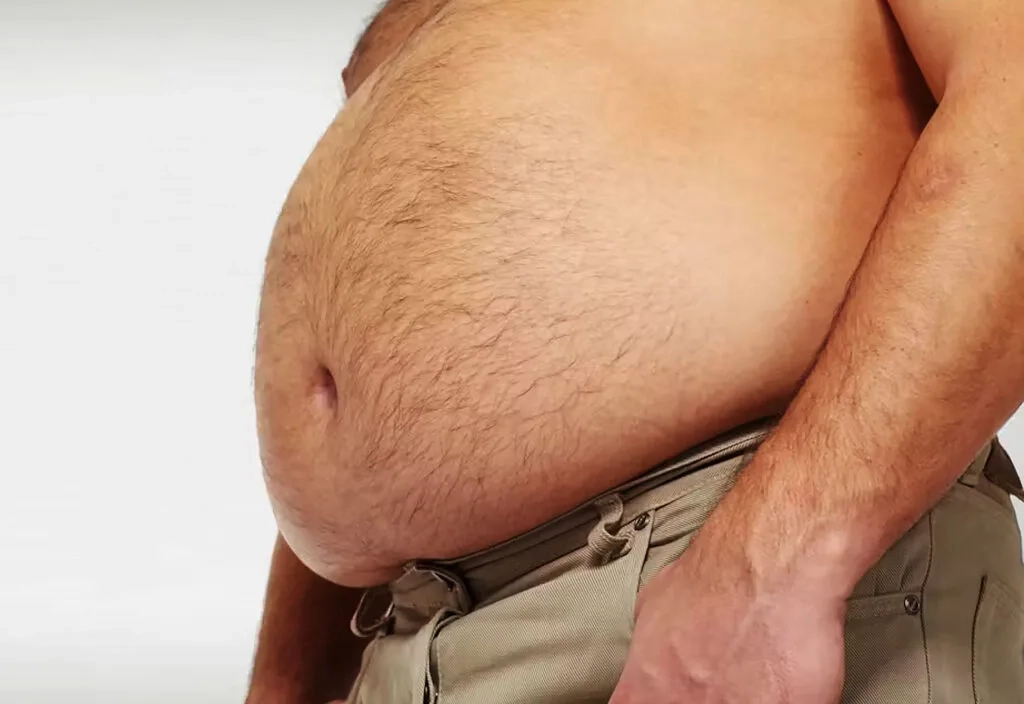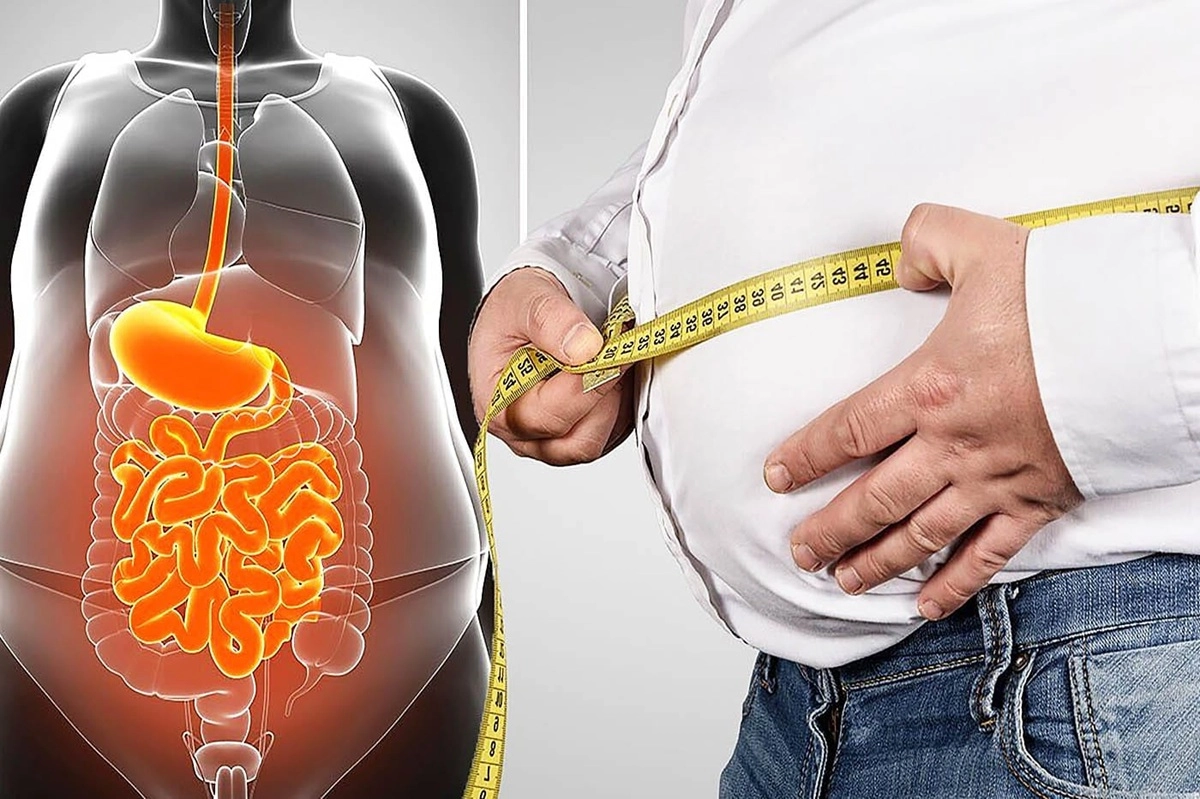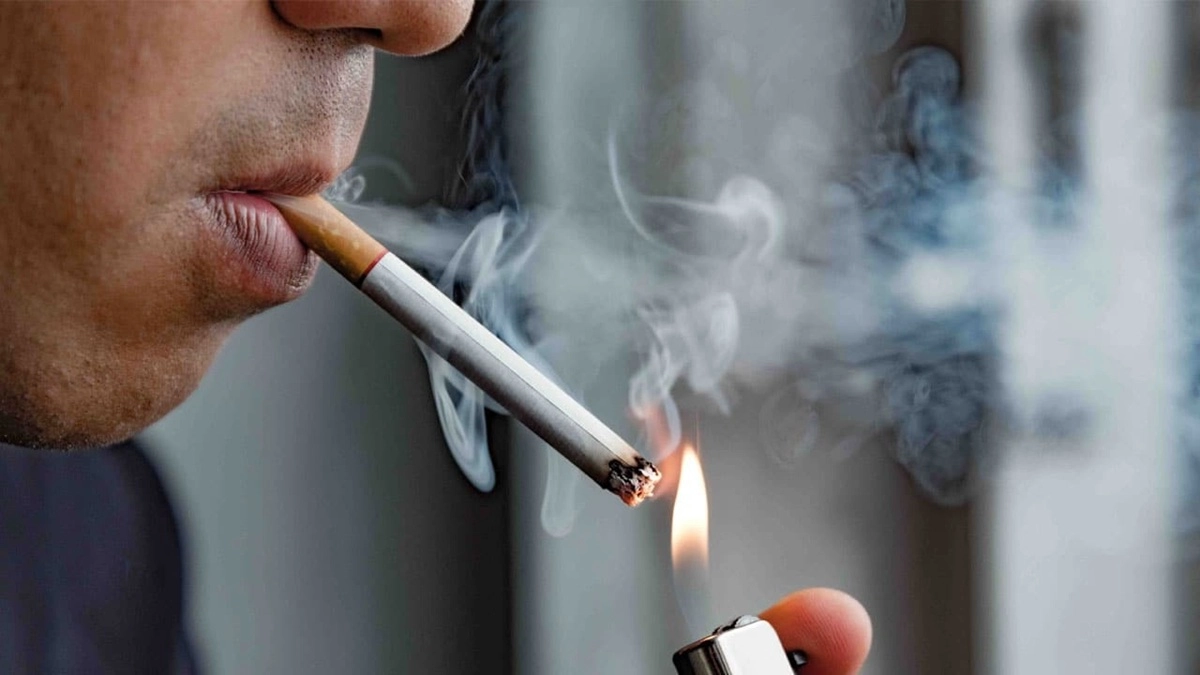Your body eliminates fat through a fascinating process that converts lipids into carbon dioxide and water, literally allowing you to exhale your fat. While you might think sweating is the primary way to shed pounds, approximately 84% of fat leaves your body through breathing.
You’ll discover how this remarkable fat-burning mechanism works and learn proven strategies to accelerate your body’s natural ability to torch unwanted fat, just like Arnold did during his peak competition years.
What Is Body Fat?
Your body has a complex relationship with calories and fat storage. When you consume more calories than your body needs for daily functions, your metabolism converts this excess energy into body fat, storing it in specialized fat cells for future use.
Think of these fat cells as your body’s energy warehouse. They’re crucial for weight maintenance, expanding or shrinking based on your calorie intake. You need some body fat – it helps protect organs, maintains body temperature, and stores essential nutrients.
The key is understanding how fat storage works. Your body’s like a bank account: calories in versus calories out.
While adult women typically need 1,600-2,400 calories daily and men 2,000-3,000 calories, these numbers vary based on factors such as height, weight, and activity level.
Just as Arnold says, “The body is theatrical; it will find a way to adjust.”

How Does the Body Store Fat?
The body stores extra energy as fat. This occurs when we consume more calories than we expend. The fat is stored in fat cells. These cells are found all over our bodies.
What is Metabolism?
Metabolism is the process by which food is converted into energy. It involves many chemical reactions. These reactions help our bodies function.
Two main processes happen during metabolism:
- Anabolism – This builds and stores energy.
- Catabolism – This breaks down molecules and releases energy.
How Is Fat Burned?
While burning body fat might seem mysterious, the process follows a straightforward scientific principle: create an energy deficit.
To reduce your body fat percentage and prevent weight gain, you’ll need to manage two key factors. First, control your caloric intake by consuming just enough food to maintain basic functions. When you eat fewer calories than your body needs, you create the ideal environment for the fat-burning process to begin.
Second, boost your energy expenditure through exercise. Whether you’re lifting weights like Arnold or doing cardio, physical activity forces your body to use more energy.
When you combine proper nutrition with consistent exercise, your body taps into stored fat for fuel. It’s a simple equation: burn more calories than you consume, and your body will naturally reduce its fat stores.
Where Does the Fat Go?
When fat cells shrink during weight loss, many wonder what happens to all that stored energy. The answer lies in your body’s incredible metabolic processes, which break down fat stores into usable energy.
Your body converts stored fat into two primary byproducts: carbon dioxide and water. During exercise, as you build muscle mass and increase your metabolic rate, you’re not just burning calories – you’re literally breathing out fat. The carbon dioxide exits through your lungs with each exhale, while the water leaves your body through sweat and urine.
Think of it like a car burning fuel: your body uses the energy-rich molecules for movement and daily functions, leaving behind only these simple waste products. The more you exercise, the more efficiently your body processes these fat stores.
How to Burn the Fat Easier
Understanding the science of fat burning is essential, but putting that knowledge into consistent action requires innovative strategies and sustainable habits. While the fat-burning process might seem straightforward, you’ll need more than just regular exercise to achieve your body weight goals.
Begin by tracking your daily habits and identifying activities that genuinely bring you enjoyment. Whether it’s swimming, dancing, or playing sports, the key is making exercise fun while building lean muscle mass.
Don’t rely on dietary supplements; instead, focus on mindful eating – take time with each meal and pay attention to your food choices. Remember that post-meal carbon dioxide is a key component in how your body eliminates fat.
Quality sleep is equally essential, serving both as recovery time and a calorie-burning opportunity. Create a sustainable routine that combines these elements for long-term success.
Metabolism and weight loss: How you burn calories
Your body’s metabolism turns food into energy through a complex series of chemical processes that affect how quickly you burn calories.
While you might blame a “slow metabolism” for weight gain, the reality is that your body weight depends more on the balance between calories consumed and burned through activity.
You can take control of your calorie burn through regular exercise and wise nutrition choices, just like Arnold did when he said, “The last three or four reps are what makes the muscle grow.”
1. Metabolism: Converting food into energy
The body’s metabolism acts like a powerful engine, converting food and drinks into usable energy through a complex process that mixes calories with oxygen. Your basal metabolic rate determines the number of calories you burn at rest, with muscle mass playing a leading role in this process.
Even when you’re not moving, your body’s working hard – breathing, pumping blood, and repairing cells. The amount of energy needed for these basic functions depends on your body composition, sex, and age.
Men typically burn more calories than women due to their higher muscle mass, while aging tends to slow their metabolism as muscle mass decreases.
Beyond your basal metabolic rate, you’ll burn additional calories through digestion (approximately 10% of what you eat) and physical activity. Daily activities like walking, gardening, and even fidgeting can burn an additional 100-800 calories.
2. Metabolism and weight
While many people blame their metabolism for weight gain, research shows that medical conditions rarely cause a significant metabolic slowdown.
Instead, factors such as genetics, hormones, diet, sleep patterns, and stress levels play crucial roles in how your body manages weight.
The simple truth about fat mass loss comes down to the balance between calories in and calories out.
You’ll gain weight when you consume more calories than you burn, regardless of your metabolism.
To shed pounds effectively, you need to create a caloric deficit through diet control, increased physical activity, or a combination of both.
Don’t waste money on dietary supplements claiming to boost metabolism – they rarely work.
Focus on what’s proven: maintaining a balanced diet and regular exercise routine.
3. A closer look at physical activity and metabolism
Because physical activity directly impacts your metabolic rate, understanding how exercise affects calorie burn can help you achieve your fitness goals more effectively.
While you can’t easily control your basal metabolism, you can boost calorie burning through strategic workout choices.
To optimize your body’s fat-burning potential, aim for at least 30 minutes of moderate aerobic exercise daily. Activities such as brisk walking, swimming, and cycling help build lean tissue while improving your overall body composition.
For maximum impact, incorporate high-intensity exercises and bodyweight exercises at least twice a week.
Remember to include strength training in your routine – it’s essential for maintaining muscle mass and enhancing your metabolic rate.
Whether you’re using resistance bands, weight machines, or rock climbing, these exercises help create a stronger, more efficient fat-burning system.
How to Support Fat Burning
There are many ways to help the body burn fat. Here are some tips:

#Exercise Regularly
Exercise helps burn calories and fat. Activities like running, swimming, and cycling are great. Aim for at least 30 minutes of exercise a day.
#Eat A Balanced Diet
Eating healthy foods helps the body burn fat more effectively. Include fruits, vegetables, lean proteins, and whole grains in your diet. Avoid sugary and fatty foods.
#Stay Hydrated
Drinking water helps the body function well. It also aids in the elimination of waste. Aim for 8 glasses of water a day.
#Get Enough Sleep
Good sleep supports metabolism. Aim for 7-9 hours of sleep each night.
#Manage Stress
Stress can impact how the body burns fat; practicing relaxation techniques, such as yoga and meditation, can help.
| Tips for Supporting Fat Burning | |
| Tip | Explanation |
| Exercise Regularly | Burns calories and fat |
| Eat a Balanced Diet | Provides essential nutrients |
| Stay Hydrated | Supports body functions |
| Get Enough Sleep | Improves metabolism |
| Manage Stress | Reduces negative impact on fat burning |
To Wrap It All Up
Think of your body as a furnace that’s always ready to transform stored fat into energy. You’re the stoker of this metabolic fire – the more you move and maintain healthy habits, the hotter it burns.
Like a well-oiled machine, your body will systematically break down fat cells, releasing them as carbon dioxide and water. You’ve got the power to sculpt your physique through consistent effort and wise choices.
FAQs
What Triggers Your Body to Start Burning Fat?
Your body starts burning fat when insulin levels drop, usually from eating fewer carbohydrates and creating a calorie deficit. Low glycogen levels signal the body to shift energy use from glucose to stored fat. Exercise and fasting accelerate this fat-burning process.
How Does Your Body Burn Fat During Exercise?
Your body burns fat during exercise by breaking down stored triglycerides into free fatty acids for energy. Low to moderate-intensity workouts use more fat as fuel, while high-intensity training relies more on carbohydrates. Over time, regular exercise improves fat oxidation and metabolic efficiency.
How to Train Your Body to Burn More Fat Efficiently?
Train your body to burn more fat efficiently by combining strength training, high-intensity interval training (HIIT), and fasted cardio. Increase daily activity, eat a high-protein diet, and reduce refined carbs. These habits boost metabolic rate, improve insulin sensitivity, and enhance fat oxidation.
What Foods Help Your Body Burn Fat Naturally?
Foods that help your body burn fat naturally include high-protein sources like eggs, chicken, and Greek yogurt, as well as metabolism-boosting options like green tea, chili peppers, and coffee. Fiber-rich foods such as oats and leafy greens also support fat loss by reducing hunger.
How Does Metabolism Affect Fat Burning?
Metabolism affects fat burning by determining how efficiently your body converts food into energy. A faster metabolism burns more calories at rest, increasing fat loss over time. Factors like muscle mass, age, and activity level influence metabolic rate and the body’s ability to burn fat.
Does Sweating Mean You’re Burning Fat?
Sweating does not mean you’re burning fat. Sweat is your body’s way of cooling down and is triggered by heat, not fat loss. Fat is burned through calorie expenditure, not fluid loss. You can burn fat without sweating, especially during low-intensity or strength-based workouts.











